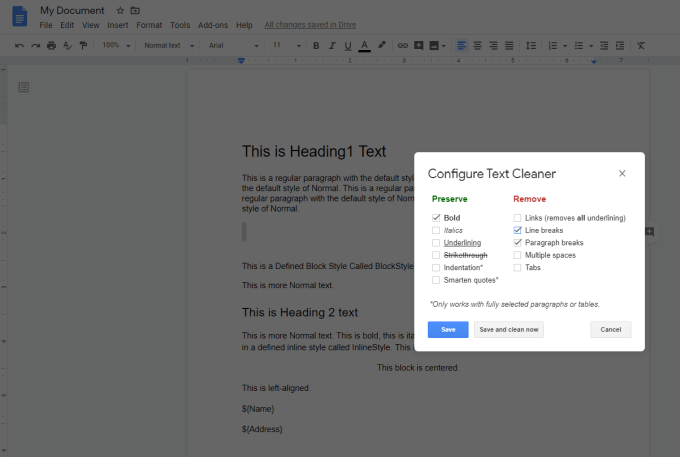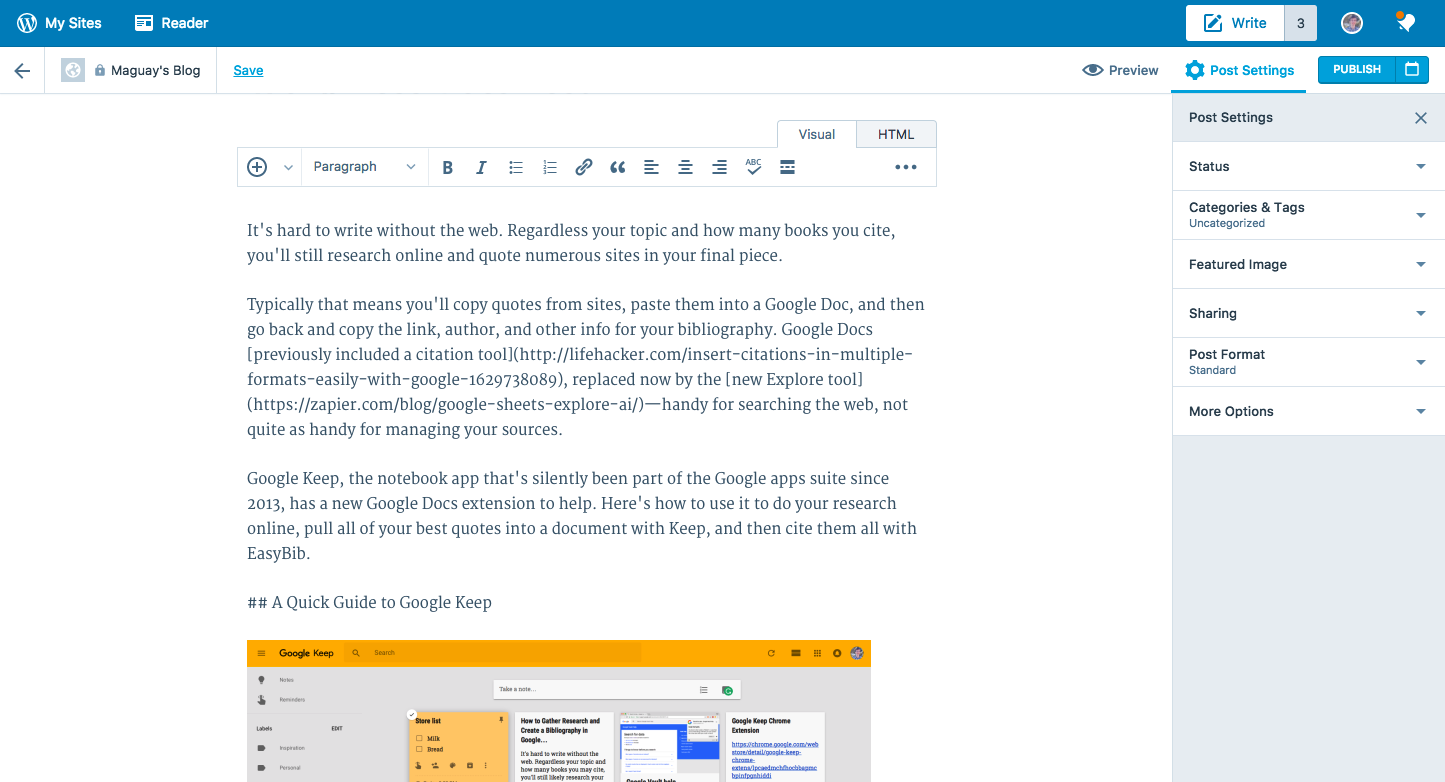
When values are in parenthesis, they are calculated before being fed into the formula. This translates to =(new value-old value)/old value*100 (to move the decimal two places). Percent change is a very useful formula to know.Ĭlick on cell C5 and type =(A2-A1)/A1*100. The result is 100 percent.
#TEXT CLEANER GOOGLE DOCS UPDATE#
All the previous formulas update as well. This translates to =smaller number/larger number *100 (to move the decimal two places).Ĭhange the value of cell A1 to 4 and the result in cell C4 updates to 50. You can also use this to perform more complicated math. If you want to calculate a percentage click on cell C4 and type =A2/A1*100 and the result is 100.

Replace the addition ( + ) symbol with the minus ( – ) symbol and the result is 0. Replace with the multiplication symbol ( * – asterisk) and the division symbol ( / – forward slash) to see more results.Įxercise 3: Calculate percentage, percent change Notice that cell C3 contains the number 4

Next, go to cell C3 and type =A1+A2 and hit Return. We can use formulas to perform simple math. You can write the formula in either place. Notice that cell A1 is highlighted and the formula appears in the Formula Bar. The equal ( = ) sign is special and tells Excel that instead of containing text or a number, this cell contains a set of instructions (usually called a formula or function). The result is that cell C2 contains the number 2. Next, go to cell C2 and type =A1 and hit Return. If we know the ID of a cell or range of cells, we can manipulate values without having to manually type them in. This is critically important and what makes spreadsheets powerful tools. Cell A1 is in the top left corner and cell B2 is down and to the right. This creates a map that IDs every cell in the spreadsheet. All columns are identified by a letter and rows are identified by a number.

Let’s look at a blank spreadsheet:Ĭells are arranged in columns and rows. But when you break them down to their essential parts they are really quite simple. Spreadsheets with rows and rows of data can be intimidating. That can be more effectively done in Google Refine, offered in a tutorial from ProPublica. We’ll use Microsoft Excel but most of the same techniques work in Google Spreadsheets and other programs. This is a general tutorial and it doesn’t delve deeply into one program.
#TEXT CLEANER GOOGLE DOCS HOW TO#
In this tutorial, you’ll learn how spreadsheets work, basic data-cleaning workflow and how to use formulas and functions to clean data. Tutorial: Intro to Cleaning Data, Formulas & Functions


 0 kommentar(er)
0 kommentar(er)
